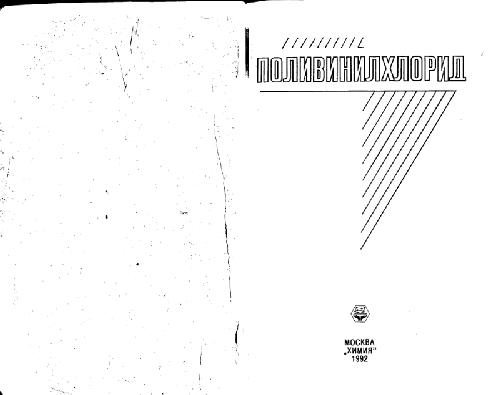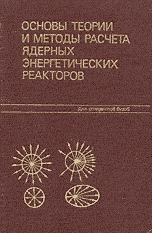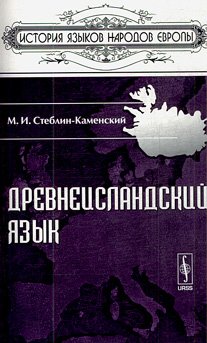- 2 402 202 книги
libcats.org







Lacan at the Scene
Henry Bond, Slavoj ZizekWhat if Jacques Lacan—the brilliant and eccentric Parisian psychoanalyst—had worked as a police detective, applying his theories to solve crimes? This may conjure up a mental film clip starring Peter Sellers in a trench coat, but in Lacan at the Scene, Henry Bond makes a serious and provocative claim: that apparently impenetrable events of violent death can be more effectively unraveled with Lacan's theory of psychoanalysis than with elaborate, technologically advanced forensic tools. Bond's exposition on murder expands and develops a resolutely iekian approach. Seeking out radical and unexpected readings, Bond unpacks his material utilizing Lacan's neurosis-psychosis-perversion grid.
Bond places Lacan at the crime scene and builds his argument through a series of archival crime scene photographs from the 1950s—the period when Lacan was developing his influential theories. Bond takes us inside the perimeter set by police tape, guiding us into a series of explicit, even terrifying, murder scenes. It is not the horror of the ravished and mutilated corpses that draws his attention; instead, he interrogates seemingly minor details from the everyday, isolating and rephotographing what at first seems insignificant: a single high-heeled shoe on a kitchen table; carefully folded clothes placed over a chair; a plate of chocolate biscuits on a dinner table; lewd graffiti inscribed on a train carriage door; an arrangement of workman's tools in a forest clearing. From these mundane details he carefully builds a robust and comprehensive manual for Lacanian crime investigation that can stand beside the FBI's standard-issue Crime Classification Manual.
Short Circuits series
Bond places Lacan at the crime scene and builds his argument through a series of archival crime scene photographs from the 1950s—the period when Lacan was developing his influential theories. Bond takes us inside the perimeter set by police tape, guiding us into a series of explicit, even terrifying, murder scenes. It is not the horror of the ravished and mutilated corpses that draws his attention; instead, he interrogates seemingly minor details from the everyday, isolating and rephotographing what at first seems insignificant: a single high-heeled shoe on a kitchen table; carefully folded clothes placed over a chair; a plate of chocolate biscuits on a dinner table; lewd graffiti inscribed on a train carriage door; an arrangement of workman's tools in a forest clearing. From these mundane details he carefully builds a robust and comprehensive manual for Lacanian crime investigation that can stand beside the FBI's standard-issue Crime Classification Manual.
Short Circuits series
Ссылка удалена правообладателем
----
The book removed at the request of the copyright holder.
----
The book removed at the request of the copyright holder.
Популярные книги за неделю:
#2

В.Бекетов, К.Харченко. Измерения и испытания при конструировании и регулировке радиолюбительских антенн (djvu)
4.82 Mb
#4

Самодельные детали для сельского радиоприемника
Авторы: З.Б.Гинзбург, Ф.И.Тарасов.Категория: радиоэлектроника
1.40 Mb
Только что пользователи скачали эти книги:
#1

Поливинилхлорид. Научное издание
Авторы: В.М.Ульянов, Э.П.Рыбкин, А.Д.Гуткович, Г.А.Пишин.Категория: Химические науки. Химическое производство.
2.75 Mb
#5

Основы теории и методы рассчёта ядерных энергетических реакторов
Г. А. Бать, Г. Г. Бартоломей, В. Д. Байбаков, М. С. Алхутов.Категория: Физика астроном Ядерная Энергетика.
10.64 Mb
#6

Разработка сложных отчетов в 1С. Предприятии 8. Система компоновки данных (CD)
Хрусталева Е. Ю.
386 Kb
#7

Древнеисландский язык (Drevneislandskiy yazyk; Old Norse language)
Михаил Иванович Стеблин-Каменский (Mikhail Ivanovich Steblin-Kamenskiy)
3.15 Mb
#10

Выращиваем целебные растения дома. Золотой ус, лимон, цикламен, эхинацея
В.Д.КазьминКатегория: ДОМ и СЕМЬЯ, ЗДОРОВЬЕ
6.55 Mb










